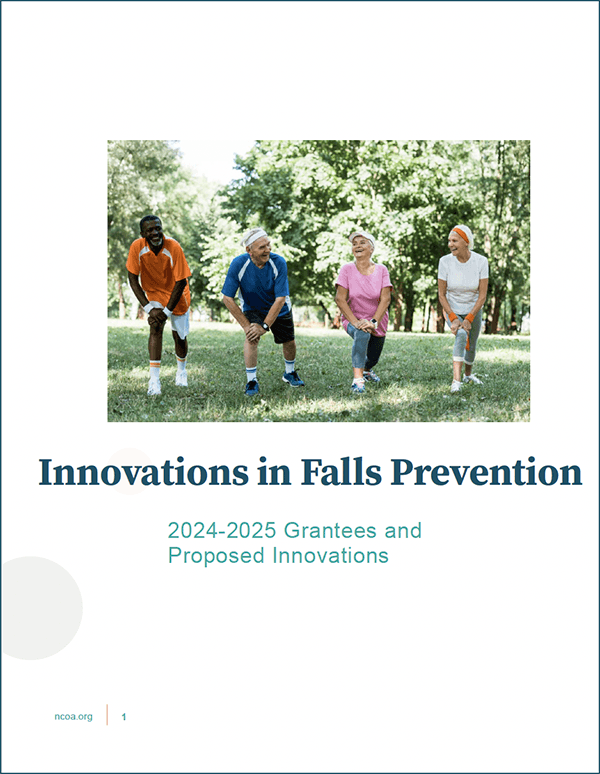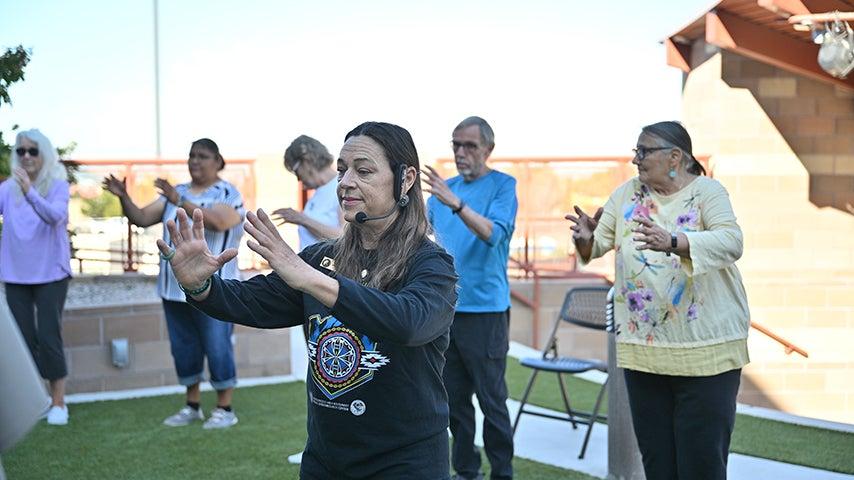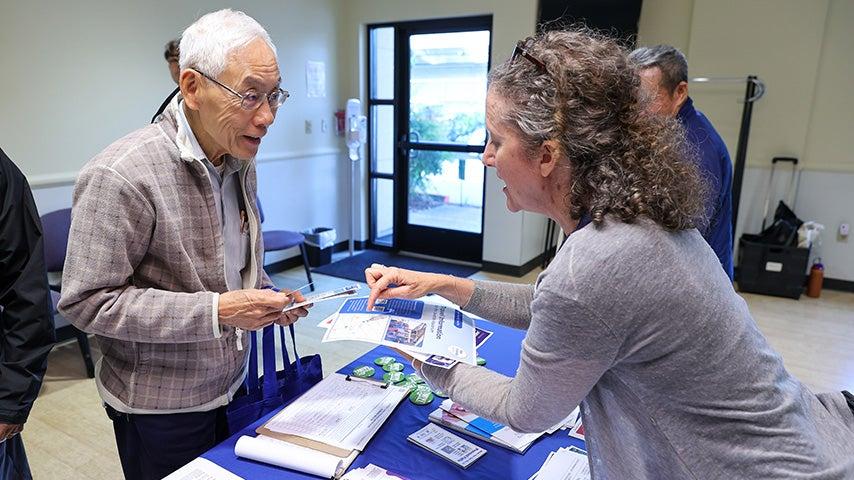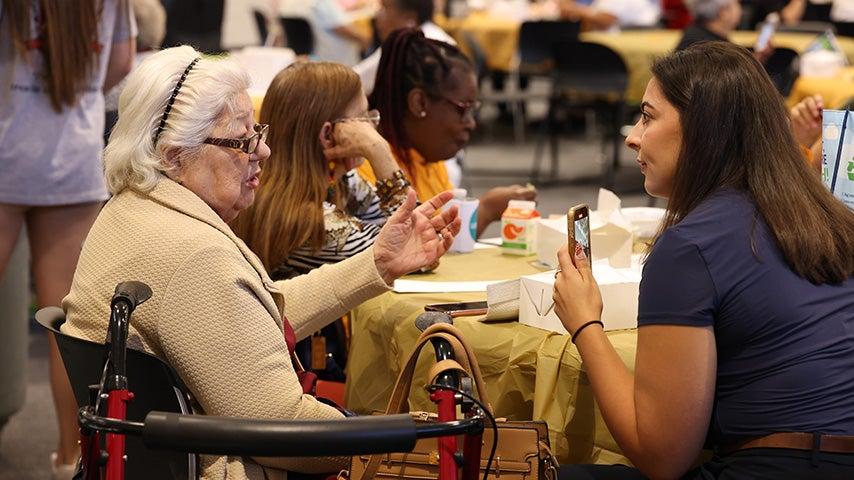
Related Topics
The National Council on Aging’s National Falls Prevention Resource Center is provided grants for a 12-month period (June 1, 2024-May 31, 2025) to selected organizations for the development of innovative approaches to older adult falls prevention focused on one of the following areas:
- First Responders/Emergency Medical Services
- Housing/Housing Agencies
- Nutrition Services/Food Access Points
Meet our 2024/2025 Grantees!
Nutrition
Council On Aging Services for Seniors—Santa Rosa, California
Kansas State University—Manhattan, Kansas
Public Policy Research Institute, Texas A&M University—College Station, Texas
Housing
Sound Generations—Seattle, Washington
Habitat for Humanity Detroit—Detroit, Michigan
Jewish Family Service of San Diego—San Diego, California
Emergency Medical Services
McDowell County Senior Center—Marion, North Carolina
The City of El Paso Fire Department—El Paso, Texas
Wisconsin Institute for Healthy Aging—Madison, Wisconsin
Who was eligible to apply?
Entities eligible to apply for grants under this program were limited to the types of organizations listed below:
- Public or nonprofit providers of services to older adults, including, but not limited to: Aging and Disability Resource Centers (ADRCs), Area Agencies on Aging (AAAs), State Health Insurance Assistance Programs (SHIPs), State Units on Aging (SUAs), Centers for Independent Living (CILs), community health centers, or senior centers
- Faith-based organizations
- State and local government agencies
- Native American tribal organizations
- Public housing authorities/Indian housing authorities
- Public and state controlled institutes of higher education
Individuals and for-profit organizations are not eligible for this funding opportunity.
What were the key dates?
- Letter of intent due: April 11, 2024, 3 p.m. ET
- Application deadline: Tuesday, April 30, 3034, 3 p.m. ET
- Applicants selected to receive grants were notified by Thursday, May 30, 2024
Get all the details in the full Request for Applications




